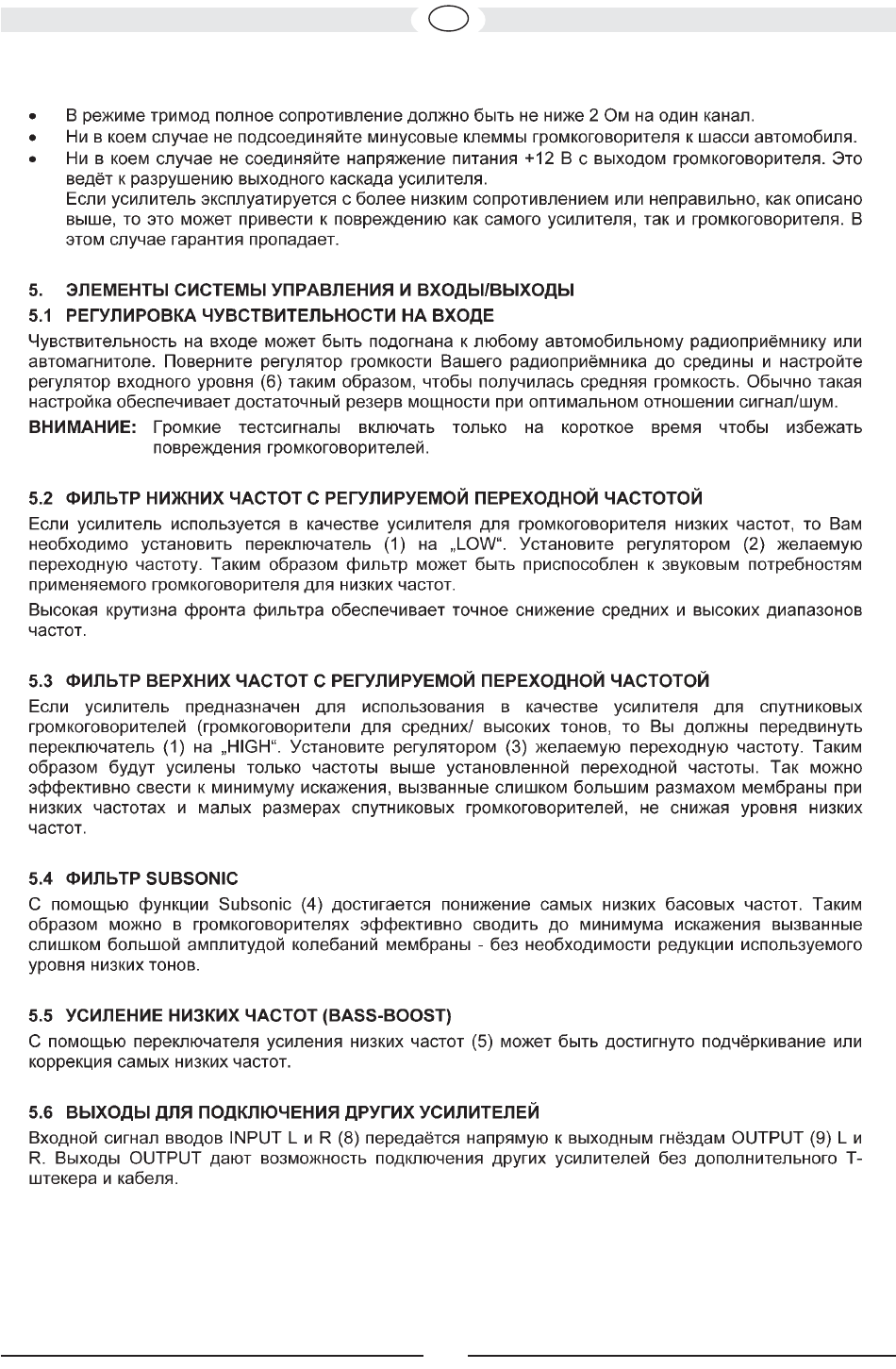
When you should use 4×4 low and when high
Content
Neither 4x4 drive should be used on roads with good traction, as when turning to the side, the car slows down, as it does not allow the front and rear wheels to turn at different speeds.
Vehicles with traction 4 × 4 They have the opportunity to drive through difficult terrain or places where they rarely travel in a conventional car.
4x4 transmissions are also useful in slippery or wet terrain because all the tires on the car have enough grip to prevent skidding. This doesn't mean the car's traction is increased, just that it's easier to steer because each wheel has to send less power to the ground, and the traction limit doesn't saturate as much.
Most users very often turn on the 4x4 system only in very difficult capture situations, be it mud, sand, or very damaged areas.
Most vehicles with 4x4 systems have the option of 4x4 low and 4x4 high.. They need to be used in different situations and in completely different ways.
Here we tell you when you should use 4×4 Low and when you should use High.
– 4×4 High
Select this high range if you want to drive at normal speed on wet or snowy roads, such as during a summer thunderstorm or when the road is slippery and snowy.
It is advisable not to use 4×4 High over 5 mph if you don't care about damage transfer case.
– 4×4 Low
To maximize both power and traction, you can rely on the low-range 4WD machine to clamber over rocks, wade through streams, traverse deep sand, or tackle steep off-road trails. In this mode, the wheels spin slower than in High mode, so use 4×4 Low mode at XNUMX mph or less.
Practically 4×4 must be used on rough terrain, extreme roads and slippery roads. 4×4 Traction will give your ride or adventure more safety and power to get you out of places that single axle vehicles will never get out of.
